Tanagers
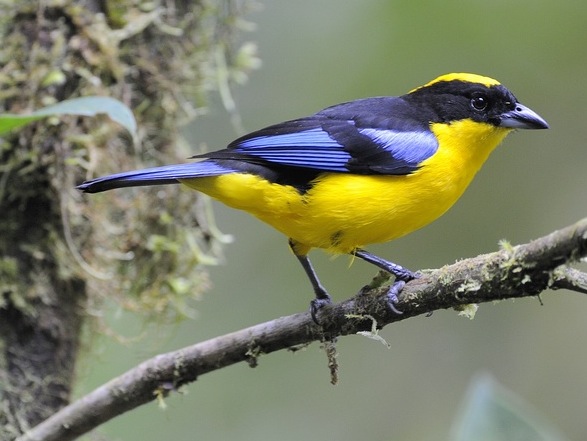
The tanager family consists of over 200 species, with the mountain tanagers such as the blue-winged (Anisognathus somptuosus) (picture) being amongst the largest and the most colourful, being similar to a blackbird in terms of size.
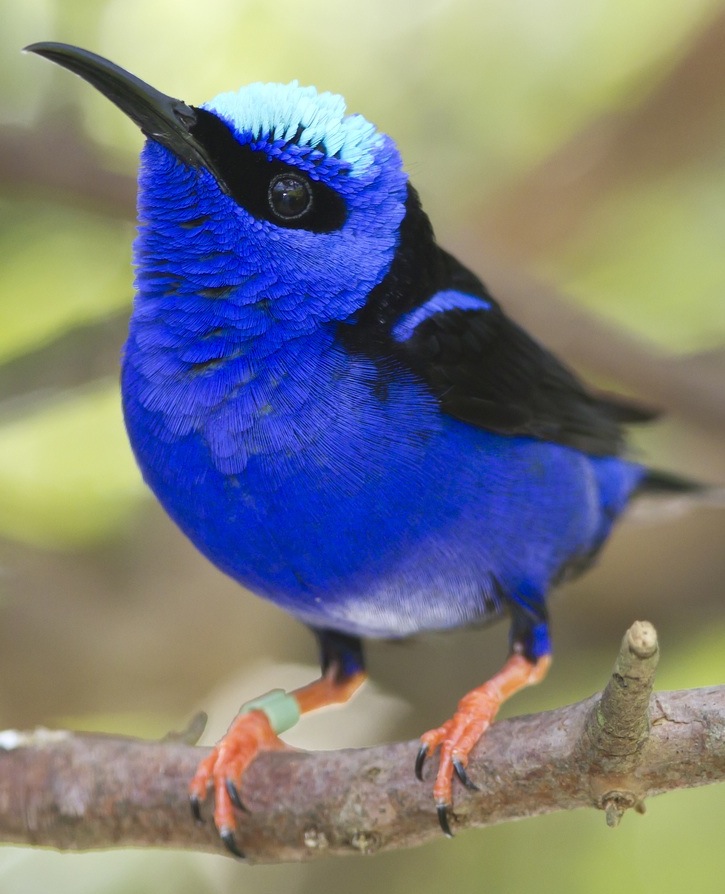
The smaller species include the euphonias and chlorophonias, which are more delicate.
The most specialised members of the group are the sugarbirds (Cyanerpes species), which have long, slender bills. In the case of the Red-legged (C. cyaneus) , both sexes resemble each other outside the breeding period, with the cock bird only acquiring his stunning violet-blue plumage at this stage.
Housing
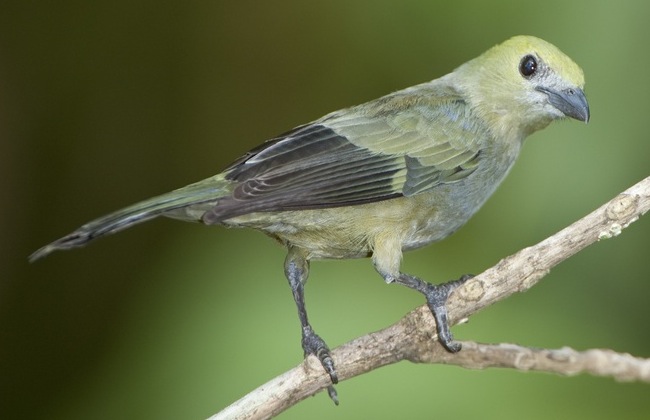
The majority of tanagers kept in aviculture will need heated winter-time accommodation in temperate areas, although some members of this large family, such as the palm tanager (Thraupis palmarum) (left) are relatively hardy once acclimatised. Tanagers should be housed in a planted flight, with some species being more shy and retiring by nature than others. During the summer, they can be accommodated outdoors in a sheltered surroundings.
Feeding preferences
Fruit and berries must feature prominently in their diet, with these softbills being able to use their stout bills to nibble off pieces of fruit which they can then swallow whole. Softbill food or pellets, preferably with a low iron content, should be mixed with their fresh food. Livefood is also important, and if housed with nectivorous
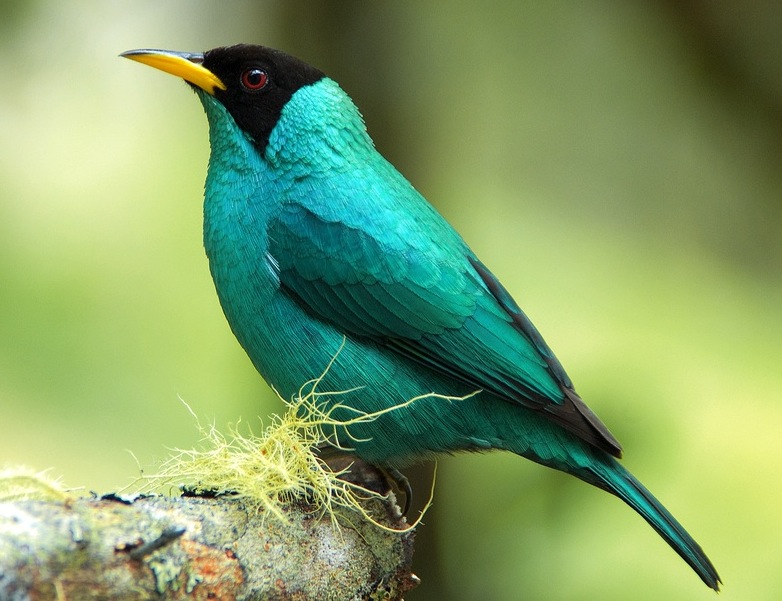
companions, tanagers will drink nectar and eat sponge cake soaked in nectar.
Sugarbirds and honeycreepers like the green (Chlorophanes spiza) (see picture) must be provided with a fresh supply of nectar on a daily basis, plus finely diced fruit and small invertebrates.
Breeding
Pairs prefer to build their own cup-shaped nest in vegetation, but visual sexing is difficult in most cases. Slight variations in appearance are more likely to indicate the tanagers belong to different subspecies rather than enabling pairs to be identified with certainty. Increasing the amount of livefood in the diet can serve as a breeding conditioner. Pairs are likely to nest two or even possibly three times in succession under favourable conditions.
Sociability
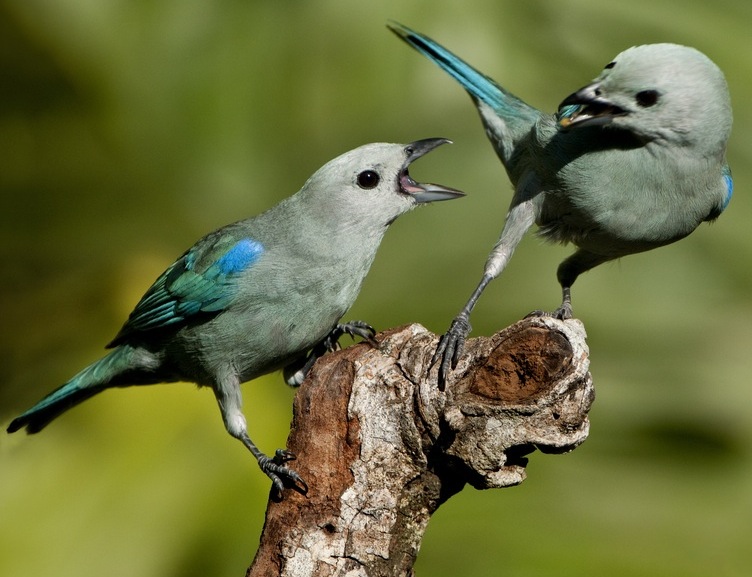
Although it may be possible to keep some of the smaller members of the group together, pairs are likely to become territorial when nesting, and must have privacy at this stage.
Plenty of cover in the aviary is also important to prevent the hen being persecuted by her would-be mate in some cases. Additional feeding pots may also be recommended at this stage too, helping to provide rhe hen with more opportunity to feed. Two blue-grey tanagers (T. episcopus) are seen arguing left.
Health watch
Can be vulnerable to pseudotuberculosis, caused by Yersinia bacteria. This is one of the causes of “going light”, resulting in chronic weight loss and death. Treatment is difficult, so maintain a high standard of cleanliness, and ensure neither wild birds nor rodents can contaminate the aviary with their droppings.
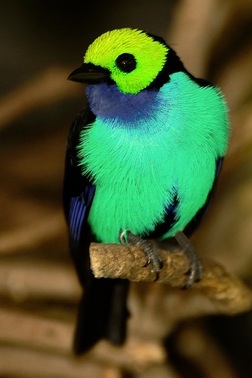
Good to start with: Paradise tanager (Tangara chilensis).
Clutch size: Two eggs.
Incubation and fledging periods: Both last approximately 14 days.
Enthusiast’s guide
Tanagers : Natural History, Distribution and Identification by Morton and Phyllis Isler. Published by Christopher Helm. This book is particularly useful for identifying the different subspecies.